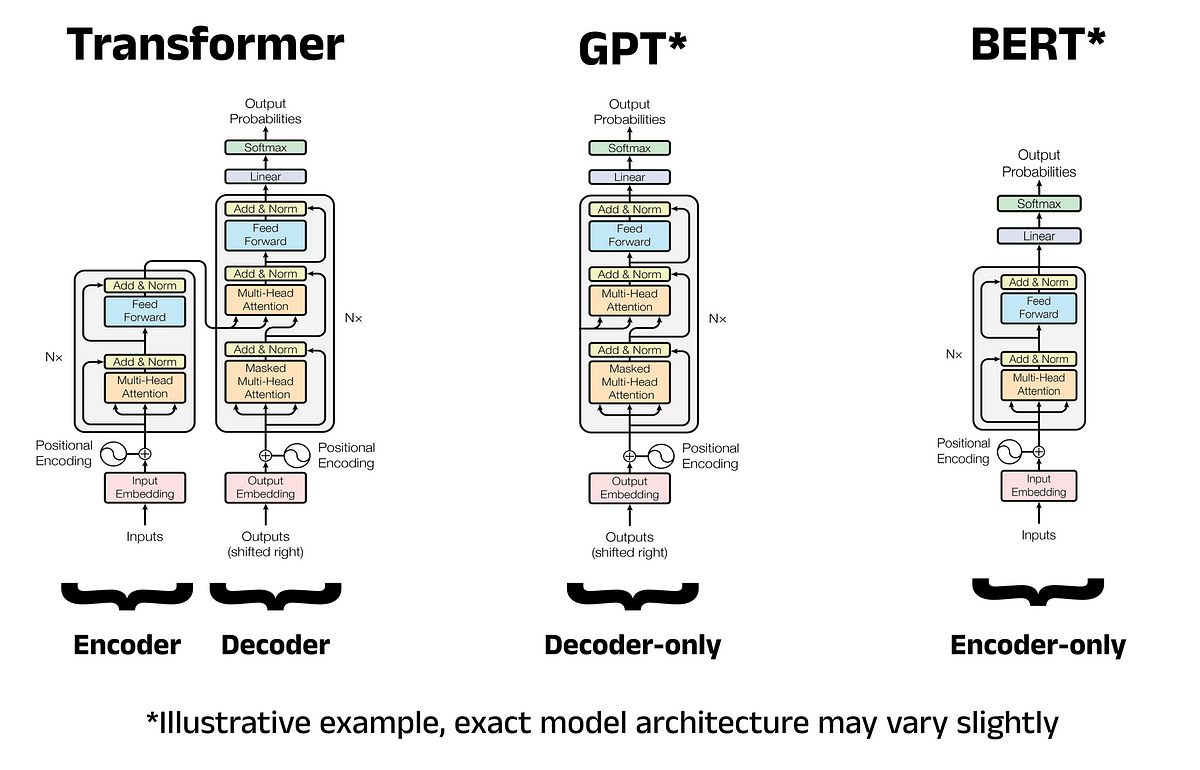The value of automation has revolutionized our perspective on technology and its applications in various aspects of our lives. Artificial intelligence (AI) and machine learning (ML) have redefined the way we utilize technology to accomplish tasks. The benefits of the best ML algorithms can be seen in their wide range of use cases. For instance, computer applications can now play chess and perform surgeries through robotics. Moreover, AI systems can continuously improve and become smarter by learning from both existing and new data. As a result, the interest in machine learning has soared due to the growing popularity of machine learning and data science jobs. Machine learning is not only beneficial in the financial services sector but also in education, healthcare, and retail.
To better understand machine learning algorithms, it is important to realize that they learn from data. These algorithms have the ability to improve their performance through experience and often do not require human intervention. Consequently, the interest in machine learning algorithms has surged as more individuals seek careers in this field. In the following post, we will delve into the details of the top ML algorithms.
If you’re eager to learn about the fundamentals of AI applications in business, enroll now in our AI For Business Course!
What are Machine Learning Algorithms?
Understanding machine learning algorithms is not as complex as it may seem. The term refers to the capability of machines to learn without explicit programming. It is a crucial sub-discipline of AI that relies on algorithms to detect patterns in data and adjust program actions accordingly. Before exploring a list of ML algorithms suitable for beginners, it is essential to grasp the concept through examples.
One of the best examples of machine learning is the news feed on Facebook. It utilizes statistical or predictive analytics to identify patterns in user data, customizing the user’s news feed accordingly. Answering the question, “Which ML algorithms are best for beginners?” would also guide learners towards understanding the components of ML algorithms. These components include representation, evaluation, and optimization.
Representation involves the use of tools such as decision trees, regressions, neural networks, and support vector machines to process data. Evaluation focuses on aspects like accuracy, squared error, probability, and margin. Optimization determines the approaches for generating programs and includes techniques such as constrained optimization, combinatorial optimization, and convex optimization.
Take your first step towards learning about artificial intelligence through our AI Flashcards!
Variants of Machine Learning Algorithms
Before diving into popular ML algorithms, it is important to learn about the different variants. The most common variants of ML algorithms are supervised, unsupervised, reinforcement learning, and semi-supervised learning.
Supervised learning algorithms use labeled training data to learn the mapping function that transforms input variables into output variables. These algorithms predict accurate labels by using input data and related output labels. Notable techniques in supervised learning include classification, regression, and ensemble learning.
Unsupervised learning algorithms analyze unlabeled data to discover patterns, structures, or relationships. These algorithms do not rely on predefined output labels. Examples of unsupervised learning algorithms include association, dimensionality reduction, and clustering.
Reinforcement learning algorithms help agents make optimal decisions based on existing states by learning behaviors that yield better rewards. These algorithms are commonly used in gaming, autonomous systems, and robotics.
Semi-supervised learning combines labeled and unlabeled data to improve the learning process. It utilizes limited labeled data alongside larger collections of unlabeled data, providing additional context and information for enhanced model performance.
Excited to learn about the fundamentals of Bard AI, its evolution, common tools, and business use cases? Enroll now in our Google Bard AI Course!
Top Machine Learning Algorithms
Understanding the different types of machine learning algorithms showcases the power of ML. To choose the ideal algorithms, it is important to review the most popular ones for beginners in 2023. Here are some notable ML algorithms:
1. Logistic Regression: This algorithm estimates discrete values from a collection of independent variables. It can predict the probability of an event through data fitting with a logit function. Logistic regression models can be improved by eliminating features, including interaction terms, and utilizing non-linear models and regularization techniques.
2. Linear Regression: Developed to evaluate the relationship between numerical variables, linear regression makes predictions based on linear regression equations. These equations assign coefficients to input values, creating a regression line that represents the relationship between dependent and independent variables.
3. Support Vector Machine (SVM): SVM is widely used for data analysis purposes. It involves feeding a set of training examples associated with specific categories to the SVM algorithm, which then develops a model to allocate new data to the appropriate categories.
These are just a few examples of popular ML algorithms. By exploring and understanding these algorithms, you can gain a solid foundation in machine learning.























